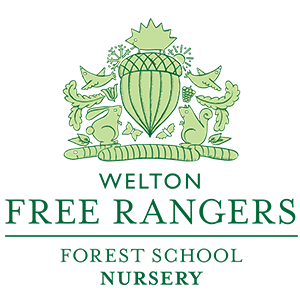As children grow up they become more aware of people around them, from primary carers to extended family, friends and strangers they develop a sense of what they feel and apply those ideas to others using empathy. Emotions are incredibly hard to recognise and describe for young children (and for adults) and so our role as caring adults is to provide the words for them to talk openly about how they feel. Being able to recognise and respond to other people and their emotions is a key aspect of social development and we also highlight it during conflict resolution: Our approach to conflict resolution
- The practitioner acknowledges and responds to the children involved "I can see that you're looking angry and frustrated X because the toy wasn't being shared but because you hit out, Y is scared and sad"
- We see if we can come to a resolution "What could you have done instead of hitting"
- Various solutions might be raised "I could have asked" or "But we need to share" "He had been playing for a long time with the toy"
- The practitioner mediates the discussion until a resolution is come to that is agreed on by all parties
As these steps progress, other children often come into the discussion with suggestions about what could happen as well, it's vital that all of our children know that their input is valued, their emotions are valid and they can communicate how they are feeling in any appropriate way. It is a very long process but our role is to plant the seeds that will hopefully flourish later in life. It's also important to recognise that children experiment with emotions during their play, particularly role play and that for them, it provides a really powerful tool to explore ethics, actions and consequences; Dinosaurs roar and some are meat eaters, superheroes fight and kill baddies etc... meeting the challenges that such play can present requires skill and quick thinking from the adult: why do superheroes kill baddies? To save and help others. As for dinosaurs, I always accept that they have every right to be in the setting but that if they want to join in, they have the responsibility to adhere to the same rules as everyone else: we all have our own personalities but our rights and responsibilities are also vital to make our nursery a positive place to be.

Here are two more examples that I have dealt with recently, their differences are clear but they both involve emotions and conflict in different ways:
- A child (S) had pushed another (T) to the ground and had been going to kick him when a coworker brought them in to me. As we entered discussion, I made it clear that I hadn't seen the incident so it was vital that they could tell me what had happened. S said that he had pushed T over because he had been hit by T. T in turn said that he had hit S because S had snatched a toy from him. It then turned out that the toy that T had belonged to another child and S was trying to get him to give it back. From backtracking the entire disagreement and letting the children describe to me what had happened (I said very little during the talk) both of the boys were able to recognise the causes and repercussions of their actions.
- A boy (J) had just jumped off of a chair toward a cushion when another (A) ran in front of him and they collided. J looked shocked and upset as A shouted at him "you have to look before you jump" and started to cry loudly (I have to note that A was looking towards me and his cry seemed to outstrip the pain he was actually in) in response, J started to cry in reaction to A's own cry. Attending to the two children I had to acknowledge that A was feeling hurt but that because he was crying so loudly he was making J more upset in turn and for us to get to the bottom of the problem, A needed to calm himself to show J that he was feeling better. Once A had taken the time to calm himself, J calmed down and we started to come up with rules for safe jumping.

For any society to work all people involved need to feel positive about their interactions as well as actively attending and sorting out their conflicts: there aren't negative emotions, just negative actions. Have a look at the gallery below as well, think about what might be happening and what the children are thinking. Write what you think in the comments below!
[gallery ids="3350,3349,3348,3347"]
Tim
